|
Craft face is the expression you use at craft fairs for displaying to the stall holder when there work is pretty poor. It is usually accompanied by "thank you" as you work off and is usually reserved for tall willowy girls called Emily whose jewelry has been inspired by Alice in Wonderland. Fortunately at this years Handmade in Britain at Chelsea Town hall it hardly had to be deployed (other than in response to hand made hats. No. There was much Jewelry that was good but this year my eye was caught by basically three things, ceramics, glass and wood. These are the people I liked.
This year was then a good show. You may come away thinking it was mainly ceramics, having read this blog. There was a large proponderance of ceramics to be sure however there were other things such as jewelery, textiels, shoes, interior and fashion excessories. The above selection is strongly predjudiced by my taste. In past years jewelery has made it onto this blog, but not today. I shall certainly be going next year. It is always a good show.
1 Comment
It has been quite some time now but earlier in October I attended the other art fair. I found it a difficult fair to go round. It is very bright, it is very crowded, it is very nosy, it has stark white walls. Much of the art work is indifferent. I do enjoy going though as there are always some people who shine out of the dross. This year the select few are.
The above are not everyone I like. They are everyone I like whose websites (or elsewhere) would consent to provide me with photos of their work that are compatible with this blog. There are two more artists whose defense of their IP is more rigorous and prevents such activities. They are:
Olivier Leger: Oliver makes this very detailed drawings of animals, such as Orcas. They are incredibly complex and on close inspection the whole is made up of a series of smaller intricate drawings such as water spouts, fish, giraffes etc. There is a lot of skill on display here. His pitch was good, a massive Orca original drawing you in and more reasonably priced prints to actually sell. Corinne Natel; Lovely, splashy, organic colourful paintings. They are like different waves of colour crashing into each other, or attractive plumes of oil mixing. Very pretty things. That's it folks. Britain has a long tradition of war artists, producing bombastic heroic pro-British propaganda. What makes Paul Nash different, and his contemporaries, is he was a war artist painting a war he was actually fighting, in his case the first world war. This understandably gives his paintings a very different and more interesting feel. He is currently on display at Tate Britain until 5th March 2017. The images below are from the Tate Website. Desolation mud and death. There is nothing glorious about the warfare depicted here. There is a particularly powerful sketch (a copy of which I could not find) showing skeletal soldiers dead on the battlefield. Dominating this portion of the exhibition is a very large picture called the Menin Road (top left). The blocky nature and the strong lines. I particularly like the one the right which is called Spring in the Trenches. The contrast between some of the bright colours and the desolation and the bored soldiers. I like painting landscapes with incongruous things in them. I was therefore immediately attracted to Nash's post war stuff, odd piles of wood, blocky landscapes and enormous tennis balls next to ominous blocks of wood. Mushroom like edificies. Great stuff. During this period he was the founder member of Unit 1 which included illustrious people such as Barbara Hepworth, Henry Moore and others of a similar ilk. In one of the rooms is a smattering of their work. My favourite of them who was new to me was Eileer Agar who produces abstracted landscape. Then the 2nd world war intervenes. This produces an interesting circularity in Nash's career in that he now becomes an official war artist, now no longer serving and firmly part of the establishments. One of the best things he produces from this period is a series of watercolours of crashed German planes and the stunning image of this graveyard of German bombers, deliberately abstracted to make them look like the sea. I am less sure about the abstract depiction of the Battle of Germany (above right). One of my other interests is archaeology and especially stone circles. I was therefore delighted to find Nash has a similar interest producing a number of works on this theme. The above right is called Equivalents for the Megaliths. This nicely combines the two themes of odd things in landscapes. Above right is a version of Avesbury circle. I quite like how he has depicted the stones. Nash developed into surrealism of which three are shown above. My favourite of these is the top left of these. In fact this was my favourite piece in the entire show. It is called Harbour and Room. I stared at it for quite some time. I have to say it delighted me. I like the concept of the Harbour inside a room. The ship intruding through the wall. It reminds me I think of the excellent book Weatherworks. The strange changes in scale, the reflection of the wallpaper in the mirror. Smoothly quite thickly applied paint and the pastel-ish palette complete this composition. This surrealism continues and particular favourites were the Flight of the Magnolia, like a strange alien eruption flying over the sea. There is also a pair of pictures of which the Eclipse of the Sunflower. Black and gold is always good.
Sorry for the slightly incoherent ramblings. It is a good show though. I enjoyed it. I found it very inspiring. I went to see the Turner Prize exhibition for the first time in 2014 and it was shit. I mean boringly poor. Last year it wasn't in London (Liverpool maybe) and those architects won. I had no intention of going this year but a friend of mine wanted to go and hey why not. He was late so I went to see Paul Nash (more of that next week). If you never been then the Turner Prize exhibition is of the four artists nominated for the prize. It is on show at Tate Britain The prize itself is given out on 5th December. It is quite a small show, only four rooms and they charge you £12, which is too much. If it wasn't the Turner Prize it wouldn't cost this much. Fortunately due to the magic of the art pass, for me it is half price. The entry requirements are you have be an artist living or working in Britain, under 50 (why 50?) and have exhibited somewhere in the world in the last year. Presumably then anything Tim Peake drew on the ISS station would not qualify. From this list four people are eventually chosen and this year they are Helen Marten, Anthea Hamilton, Josephine Pryde and Michael Dean. This year it was actually good. Pictures below are from the Tate Britain website. The reason I think it is good is Helen Marten, who I will predict will win (see above). She is the first artist you encounter when you walk through the door and sets the bar high. None of the others clear it. The pictures don't do it justice. What you encounter are these strange motionless machines. You stand there and try and work out what it is. This apparently is the point. She is apparently encouraging us to become archaeologists. This is a very nice idea. You stare at these strange machines surrounded by these odd ephemera like fish skins. That machine you see above right has a dolls house type construction on the front. I like archaeology anyway and this idea really appealed to me. A good idea done well. I have no compunction in awarding Marten the Will Mackenzie Turner Prize nominee who really should win award of 2016. Anthea Hamilton created the image from the Turner Prize you are most likely to have seen, the enormous bottom (you can see it above). Its a striking creation it has to be said. More amusing than anything else. You can take pictures of your self under the bum crack. After a few seconds you think its just a bum. More interesting where these small sculptures of boots with various things attached to them. The installation was split into two. One half was the brick you see above and the other part was a sky and cloud-scape with underpants made of different material (metal mainly) hanging from a line. They didn't really work and the whole didn't really hang together. The real train was red and a bit more substantial in the actual show. Basically there is a train track with a large toy train on it. On one side are planks of wood dyed with different shapes and the other wall photographs of closeups of nail painted hands doing different things. Also the train in the Turner prize exhibition doesn't seem to have controls or allow you to drive it. I didn't really get it. I didn't really see how it tied all together and found all the individual elements just a bit dull, apart from the train. Why do you have that fucking stupid scarf around your head Michael Dean? It makes me think less of you. Michael Dean is the final room in the exhibition. Having seen the scarf the blurb didn't improve my view of Dean. I have the feeling he takes himself very seriously. There are sculptures in a variety of different media and they are apparently abstractions of words. There was also a pile of 1p coins. What he did was get enough 1ps to add up to the poverty line, and then took away 1p so it was just under. The whole thing is set up like a construction site.
I was skeptical at first but I have to say it grew on me. The pile of coins with their different patina was an effective thing. Also you could wander round and in among the sculptures. Some of them have eye holes and of course if you put eye holes in things people are going to peer through them. I have to say it worked. Grew on me. The exhibition started on a high and finished on a almost a high. Its between Marten and Dean. I tip Marten. As to if you should go and see it? No don't bother. If however Helen Marten is exhibiting near you, go and see her. There is a monstrous show on at the RA at the moment. It is on until January and is called Abstract Expressionism. Monstrous in that there are some big names, monstrous in that there is a large number of paintings to see and monstrous in that many of the works on display are very big. All images in this blog are from the RA web page. It is well worth seeing. It is a very bombastic exhibition. Lots of male ego on display, big paintings and lots of paint. There are a few women artists there but it is dominated by the names you are familiar with, Rothko (top right), Pollock(top left - the famous Blue Poles, de Koonig (bottom right) and the sculptor David Smith (bottom left). In addition some less well known and to me new names.
The first room contained peoples early work. There you can early Pollocks like the one above left. I really like this. I like the colours and the shapes. It is very different from his classic work. More familiar in style to my favourite of his the enourmous Mural (above bottom right). The picture maybe tiny but it is massive. I like the more organic lines to it and the swirling shapes. Like many of the pictures in the exhibition you have to stand a long way back to appreciate it. The second room was entirely dedicate to someone new to me, Arshile Gorky. Large paintings, riots of colour with shapes emerging and disappearing again out of the colour.
The Violent Mark was the title of the room the contained the above two, Franz Kline (left) and Robert Motherwell (right). It is a good title because they have a great deal of energy to them. There were a number of Kline's work on display, in this room and others. I had heard of him before, seen images even but they really appealed to me in person. They reminded me of calligraphy which I also like. Simple energetic dark marks on the canvas. I found them most buigling. Of all the works in the exhibition if I can own one, it would something by Franz Kline. Motherell is more stately, more oozing.
These are just some of the highlights. There were other paintings that really struck home. Adolph Gottlieb's Penumbra, Sam Francis' Summer No.2, Norman Lewis Metropolitan Crowd and everything by the disturbingly serious Ad Reinhardt and Barnett Newman's large blocks of colour (see below). There were some things I decidedly didn't like, everything by Phillip Guston for example. Despite this go and see them. You will not be disappointed. I came away with much to think about.
|
Archives
June 2024
Categories |
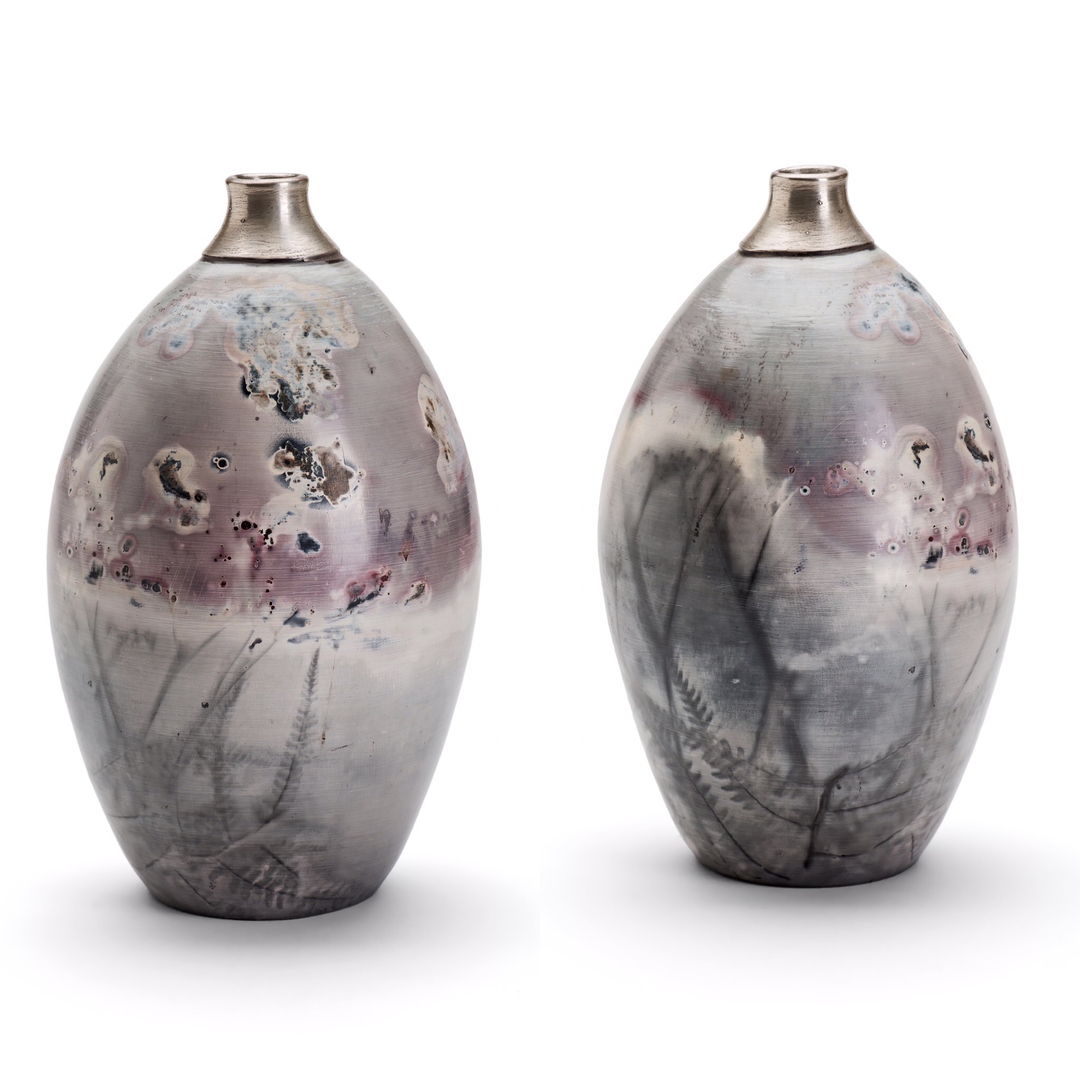
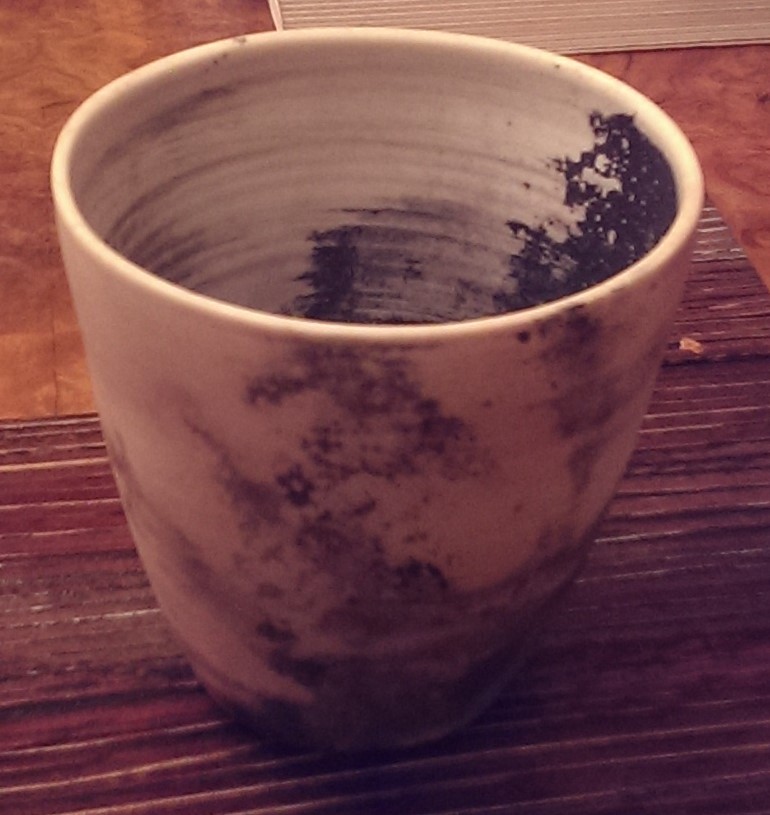
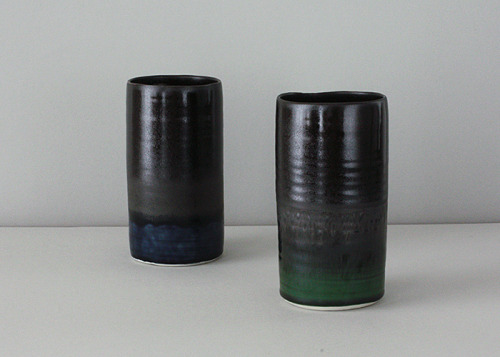
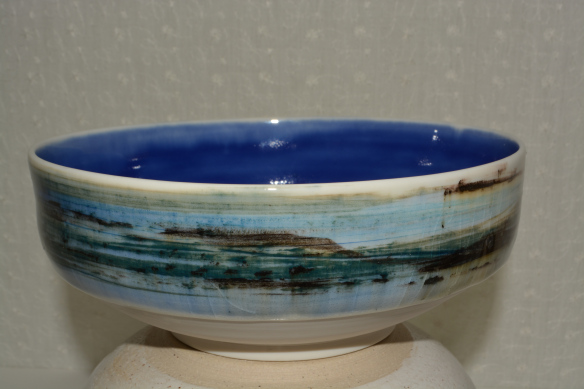
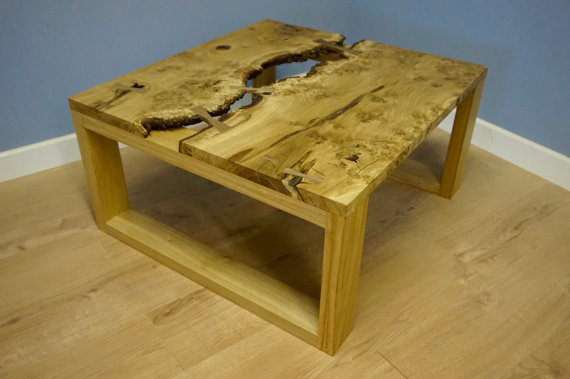
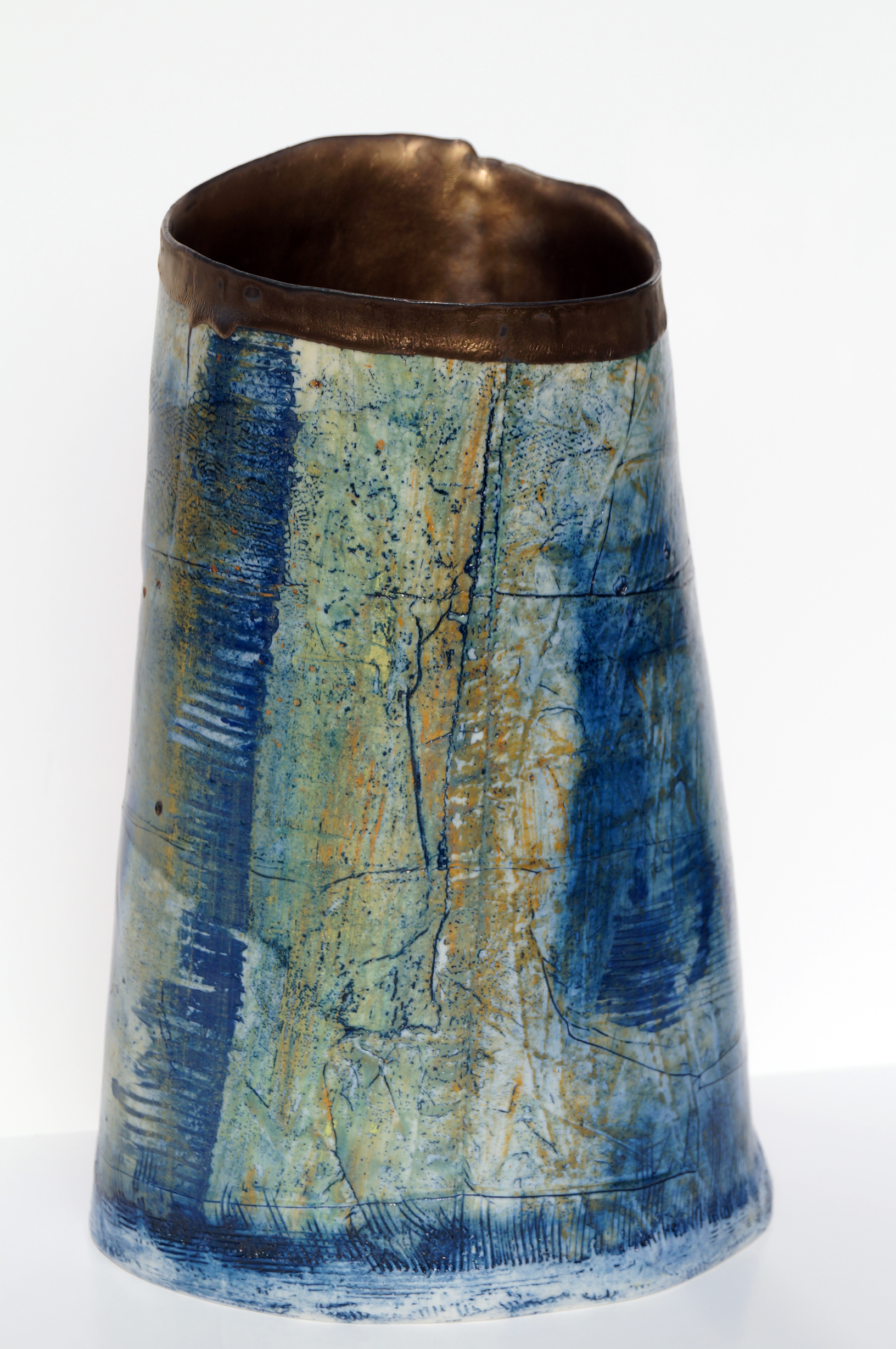
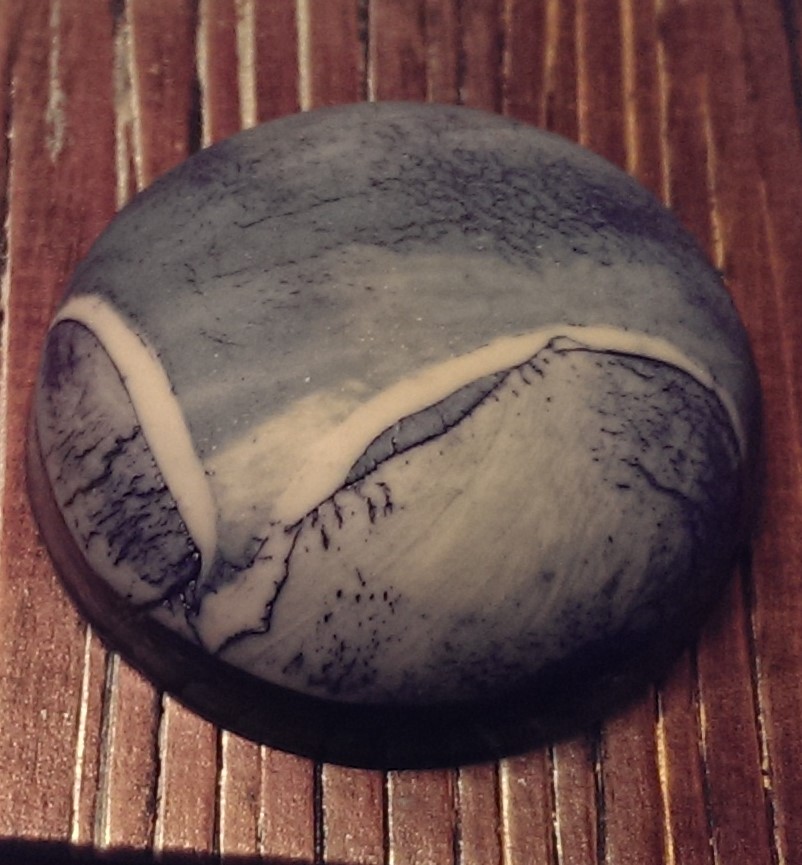
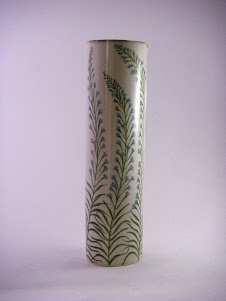
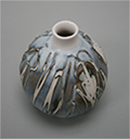
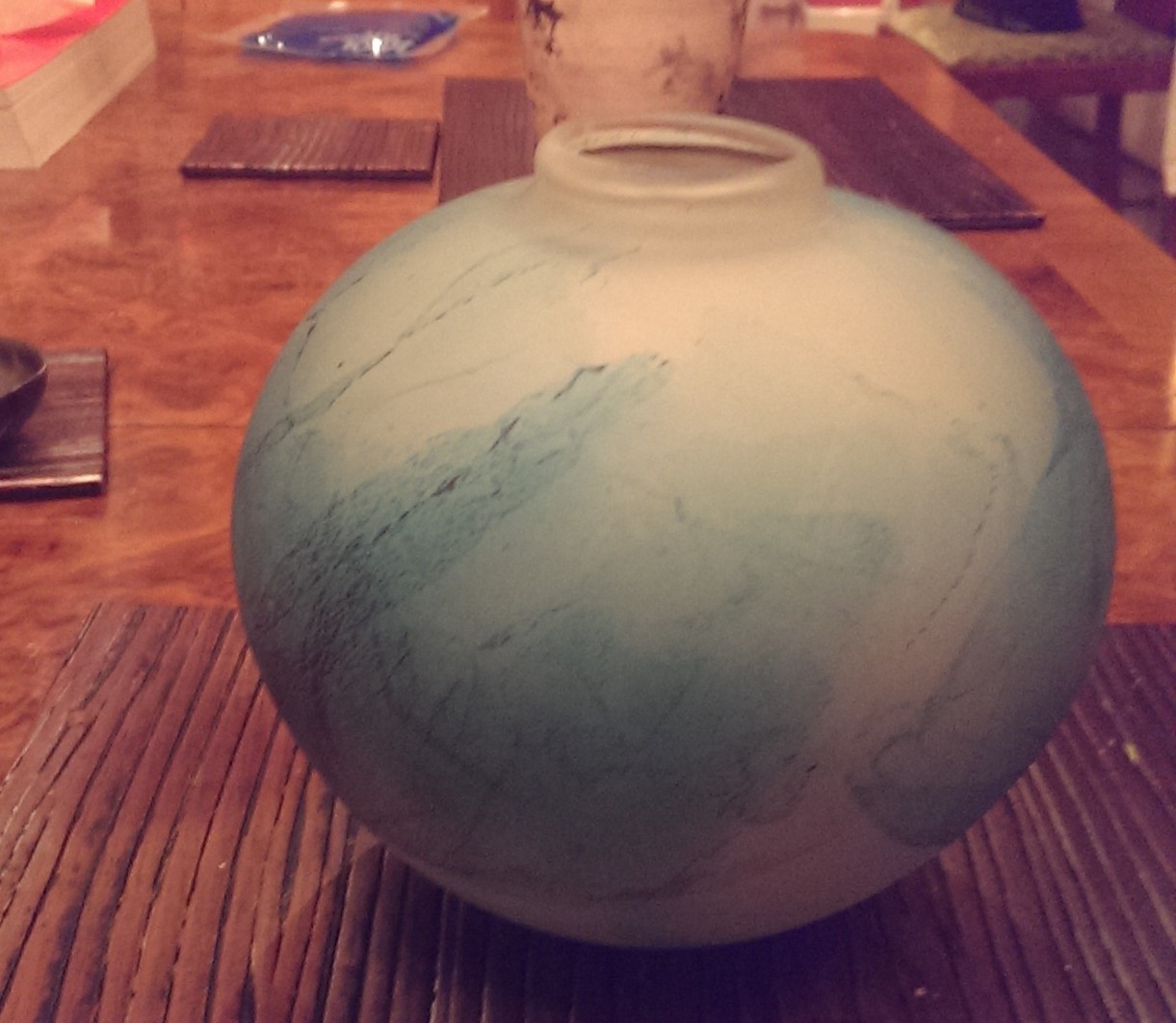
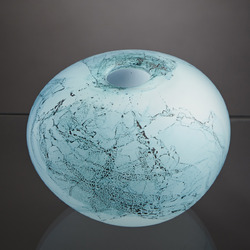
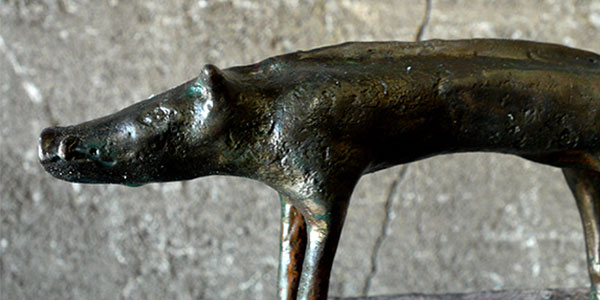
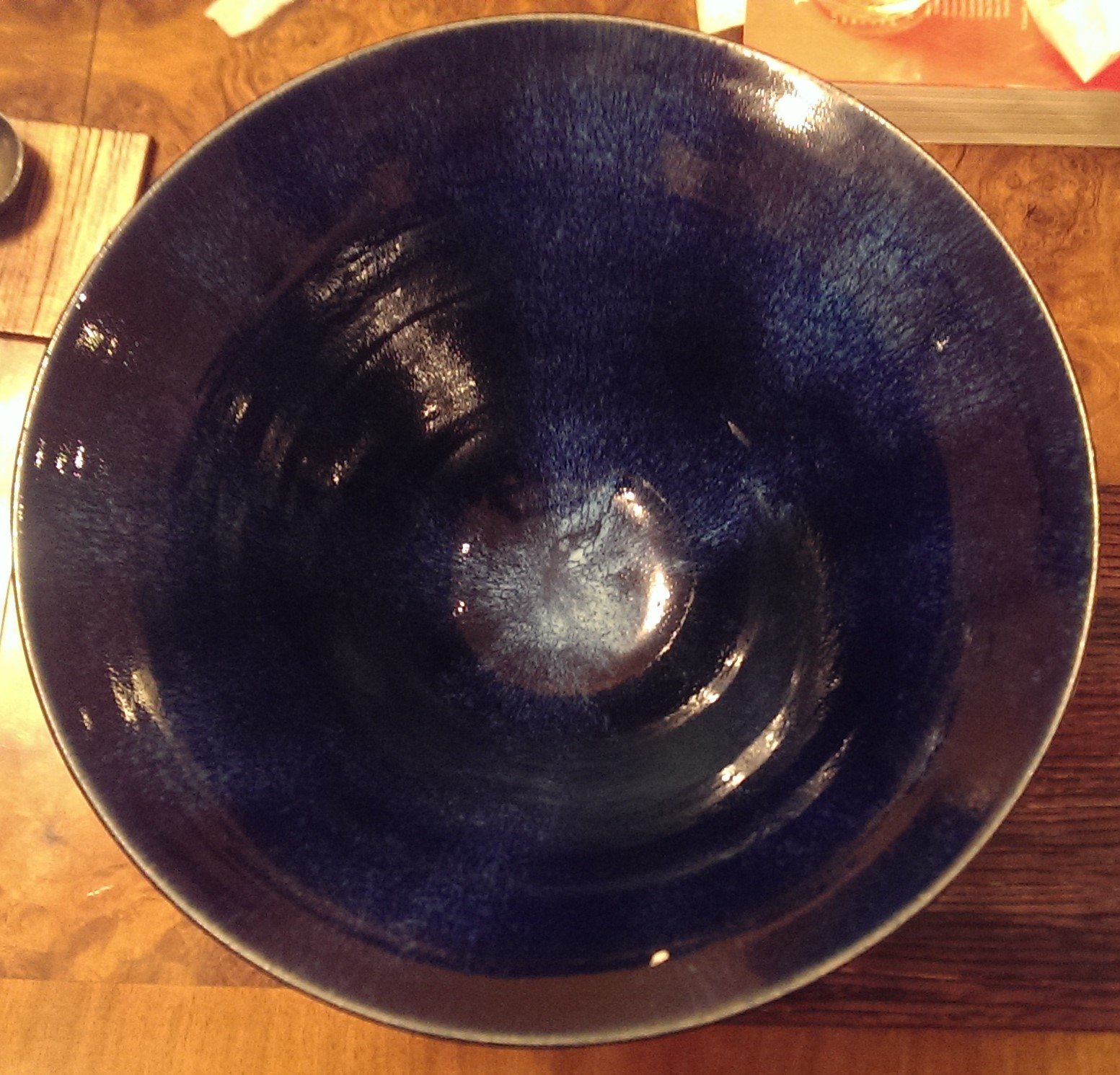
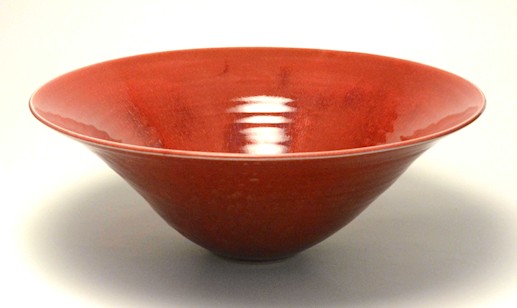
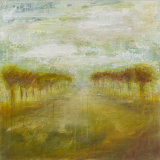


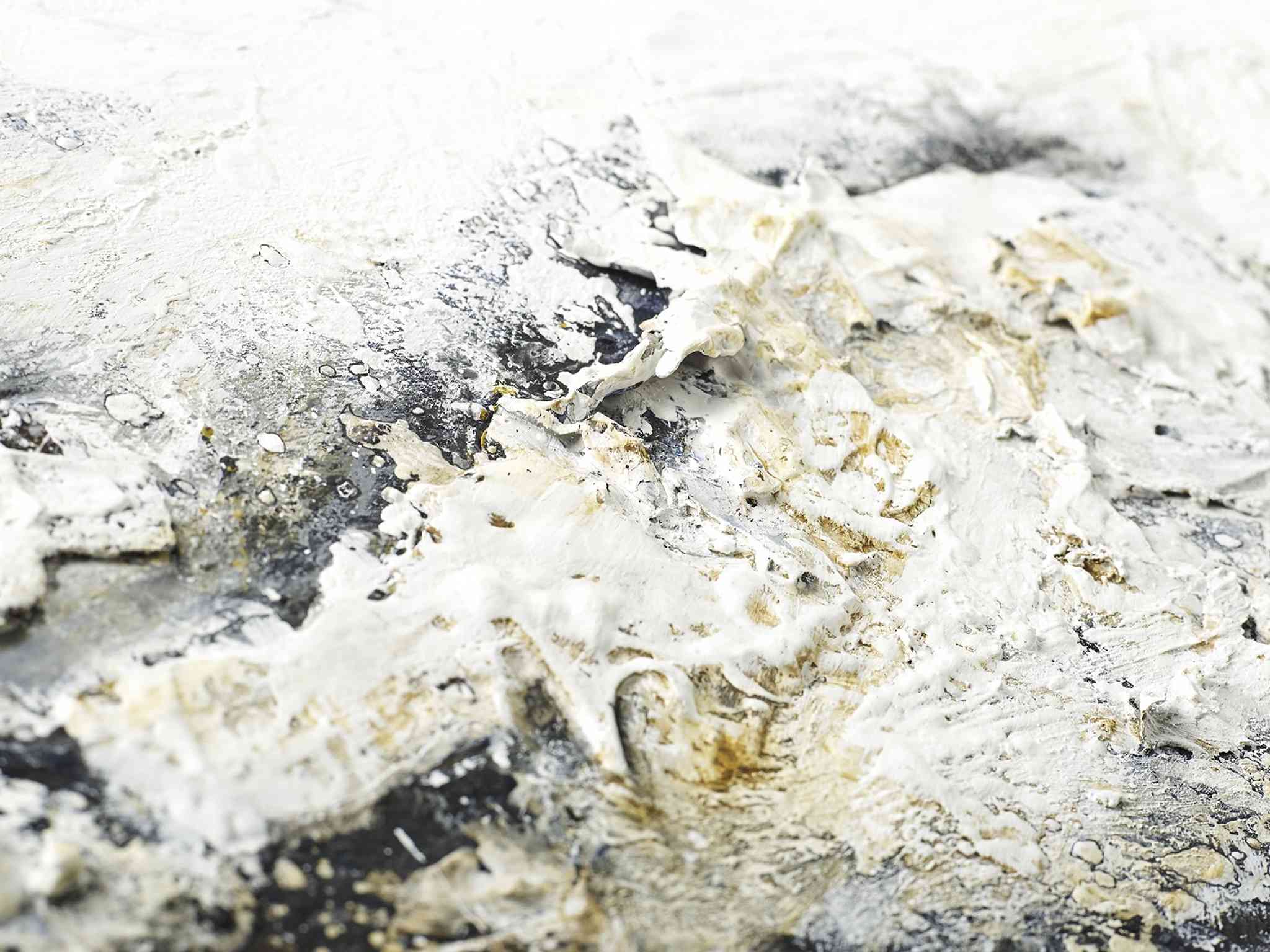
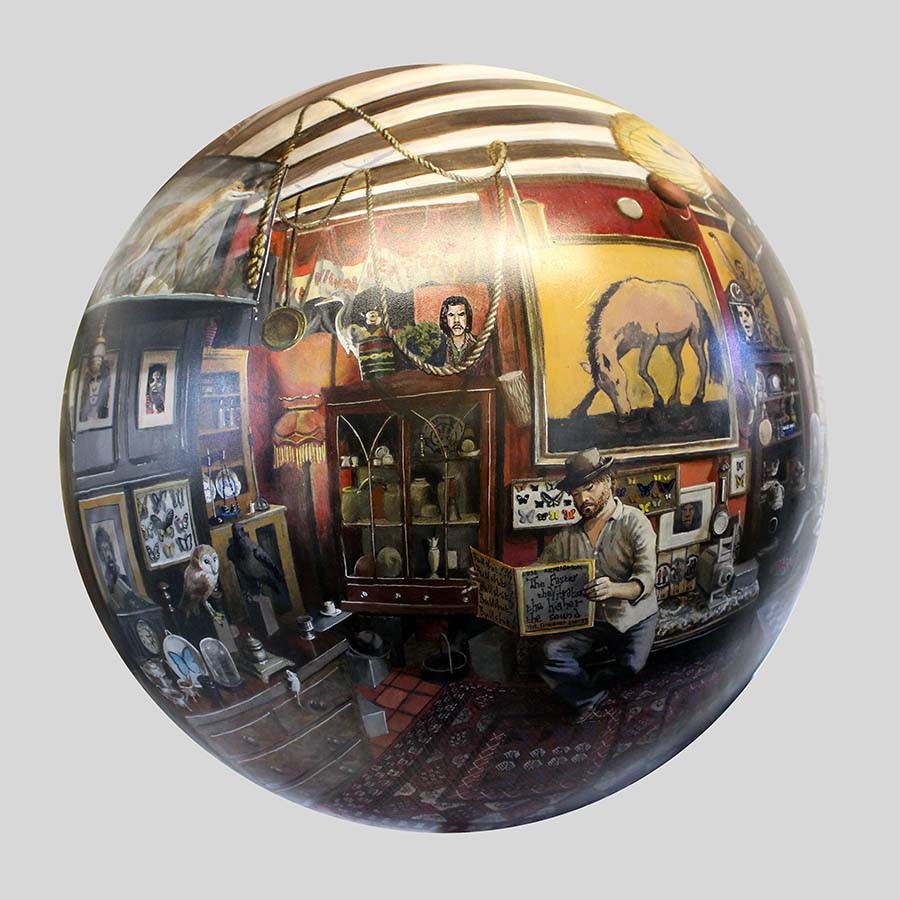
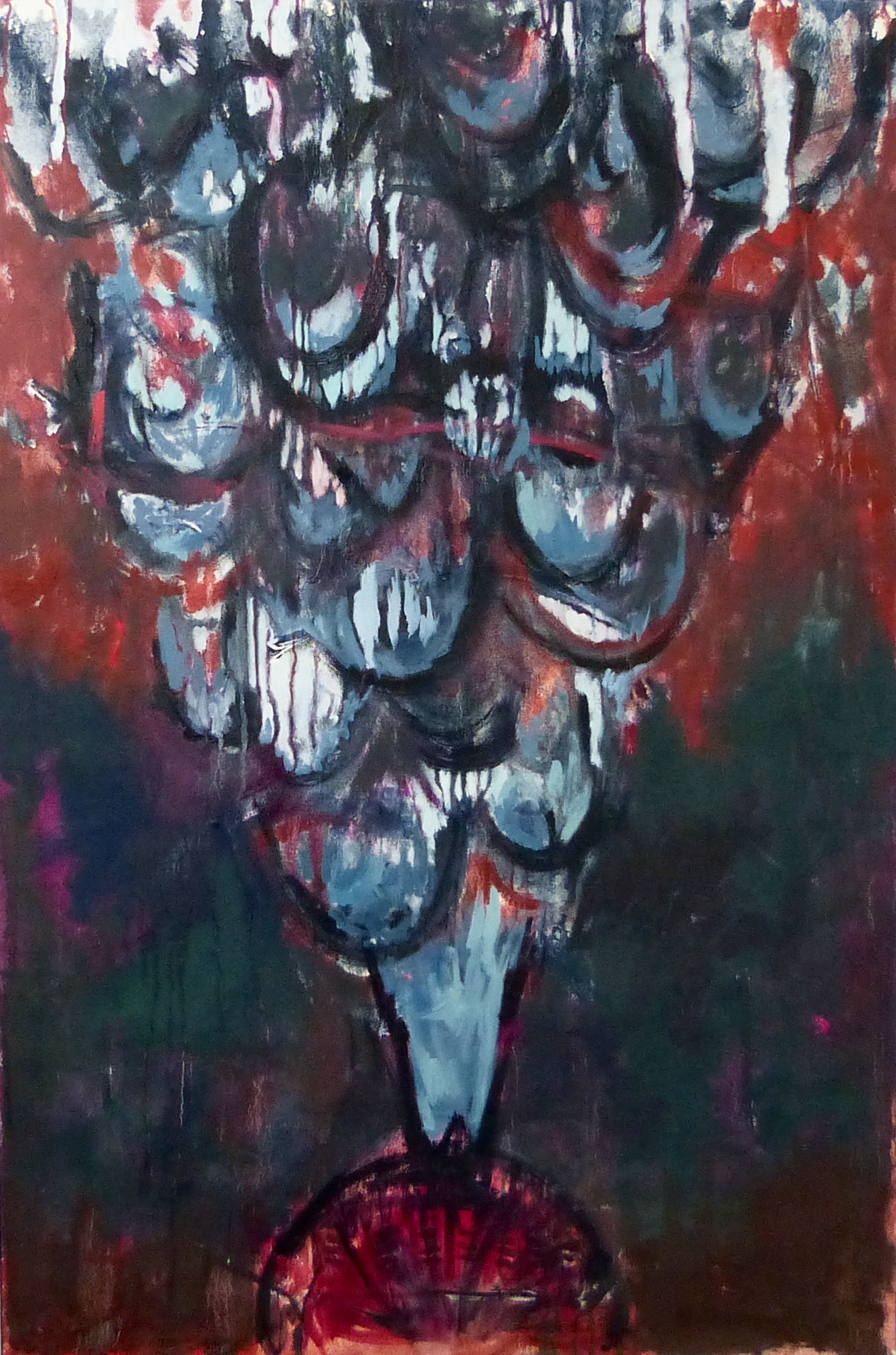
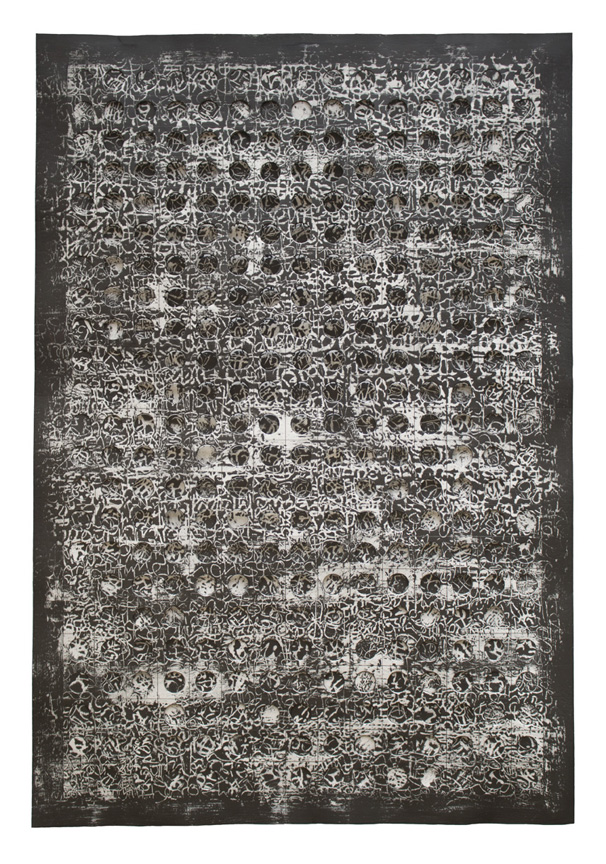
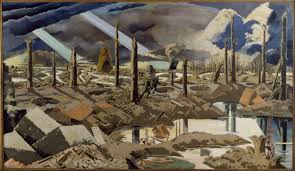
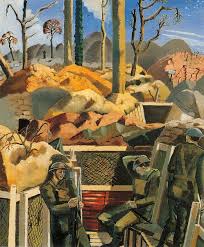
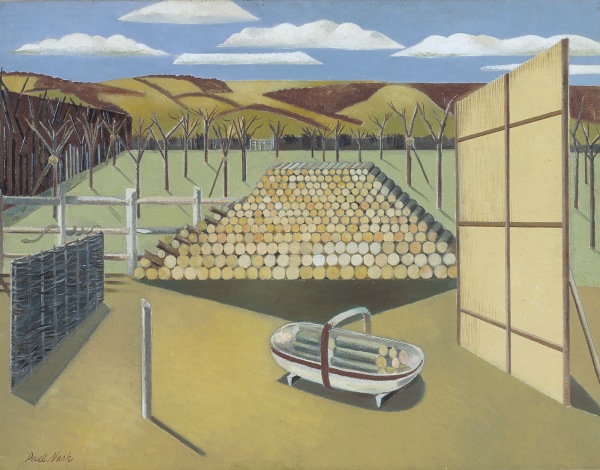
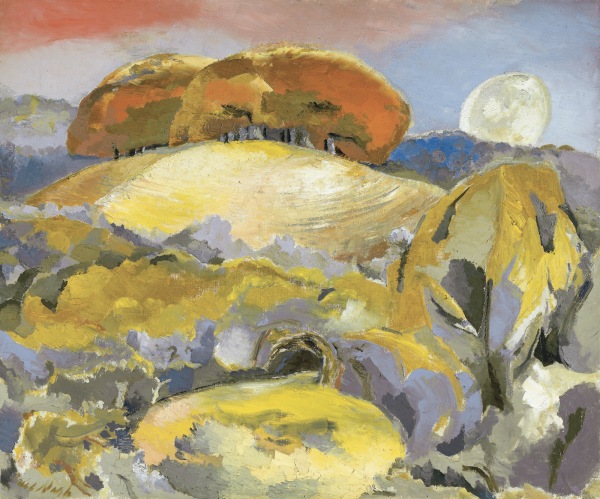
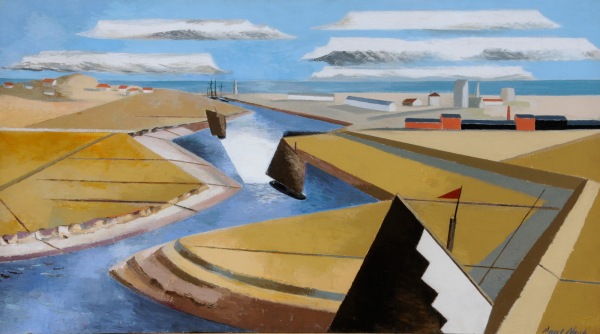
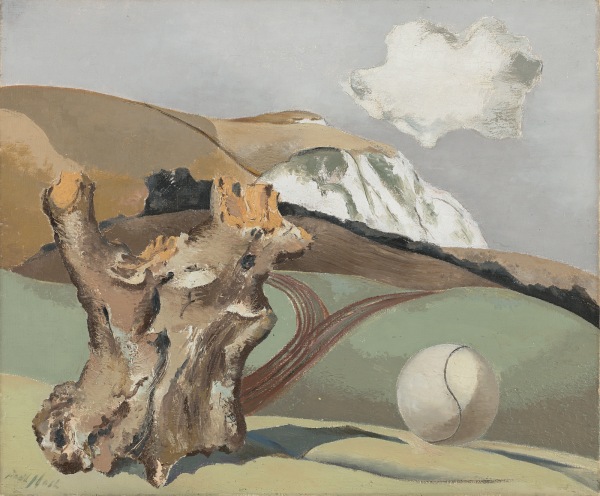
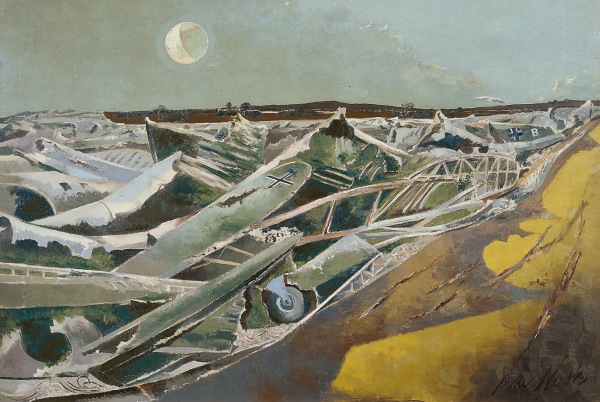
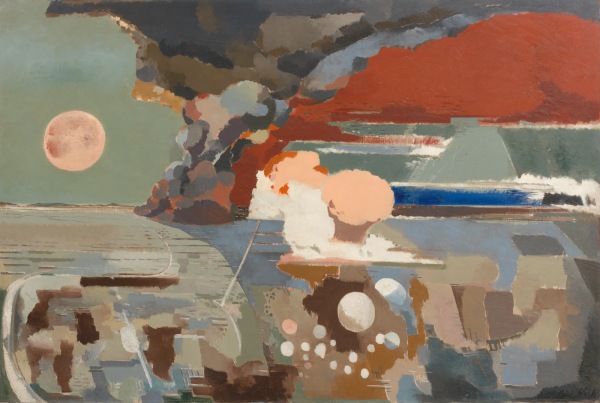
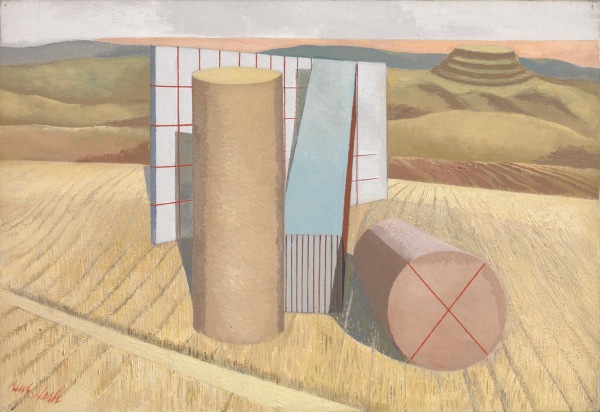
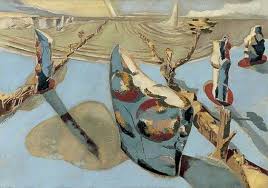
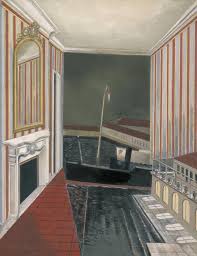
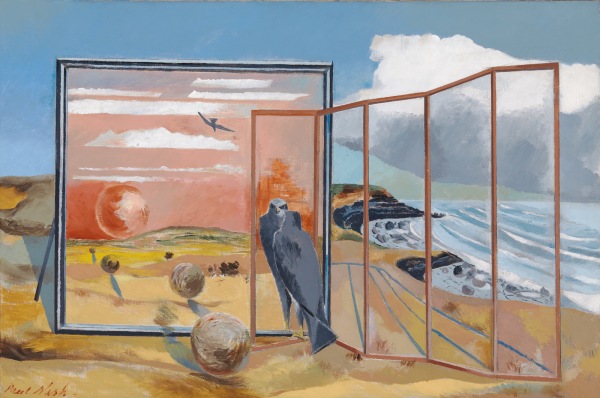
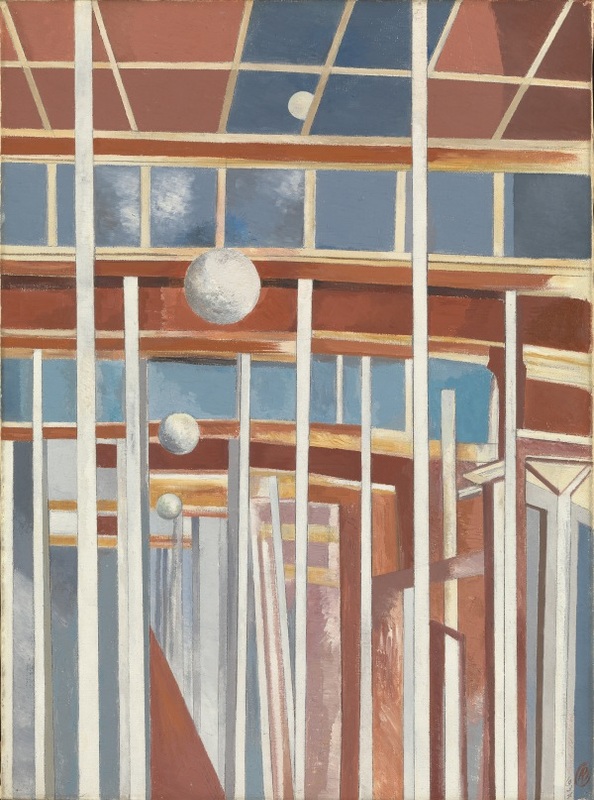
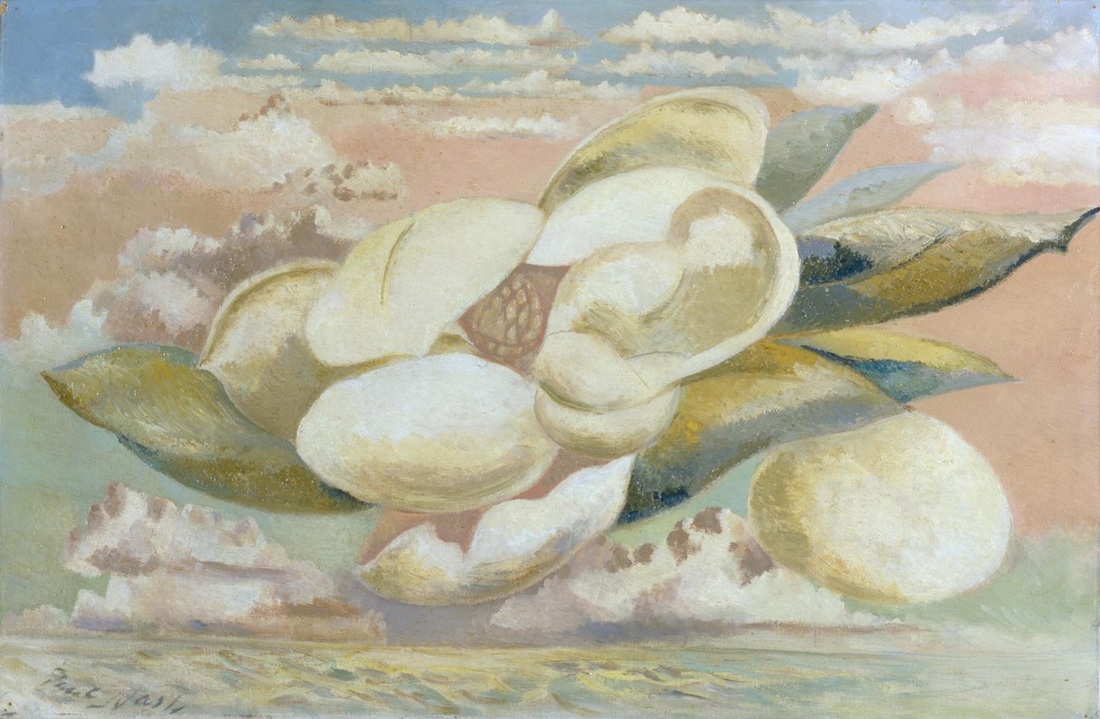
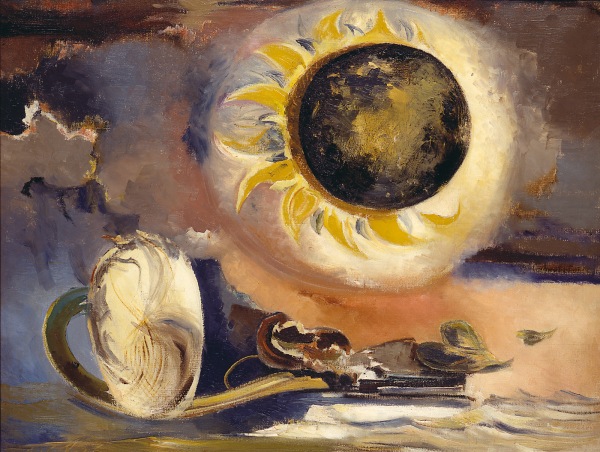
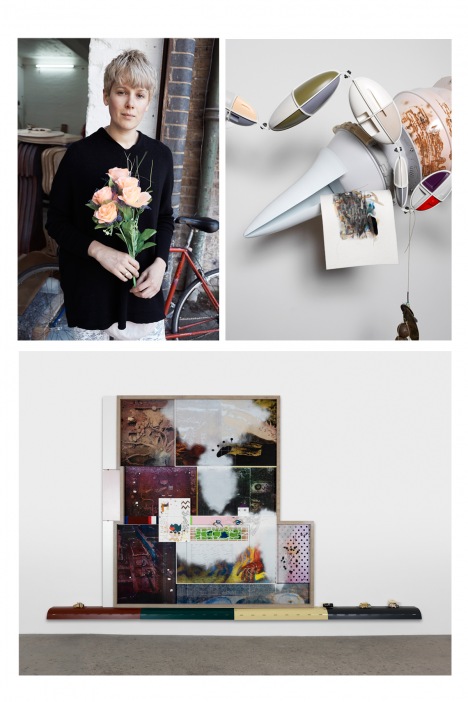

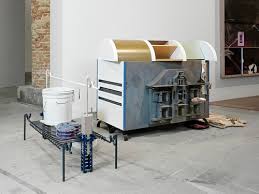
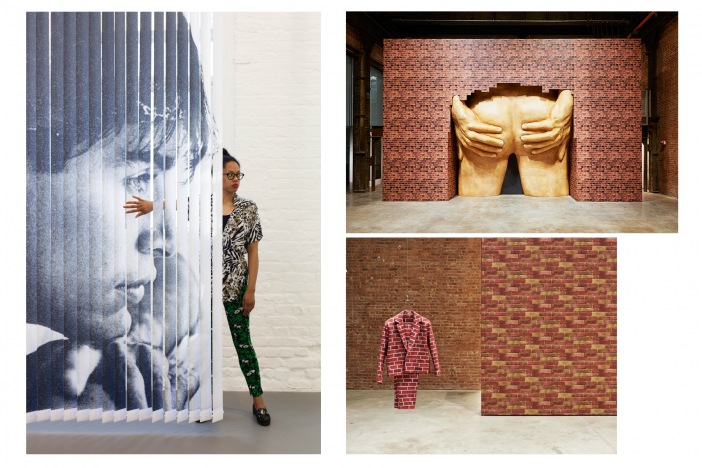

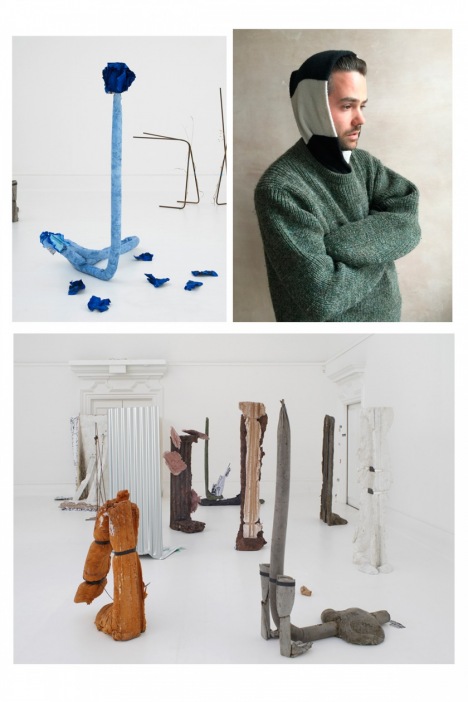
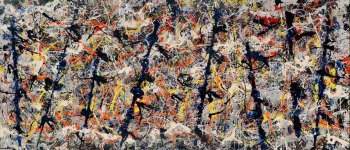
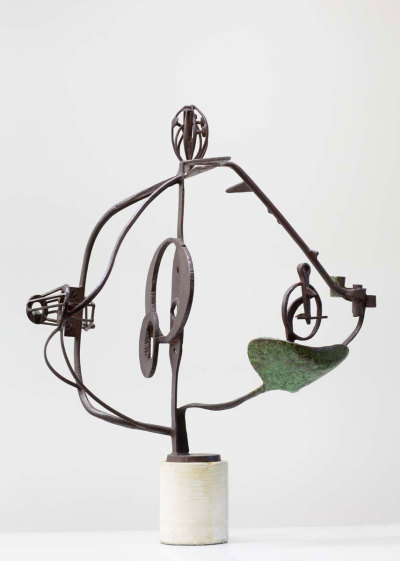
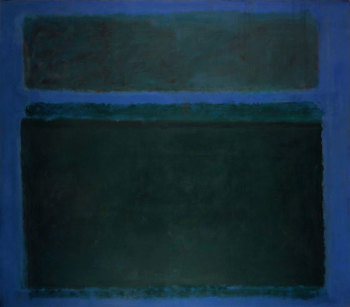
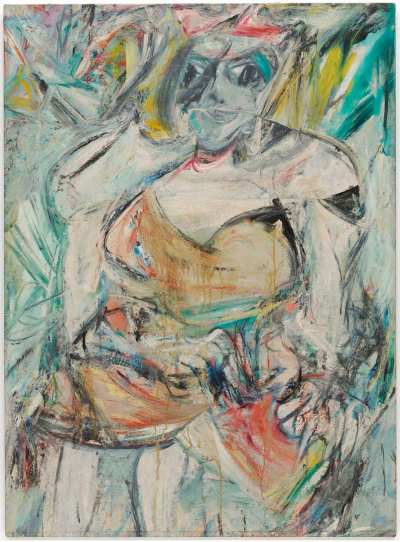
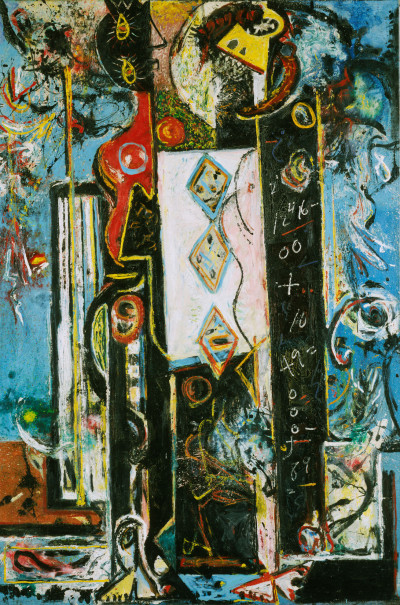
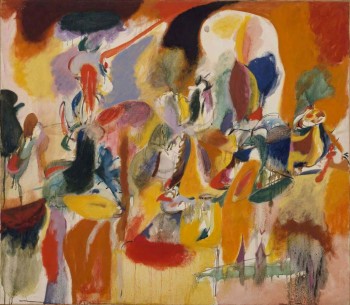
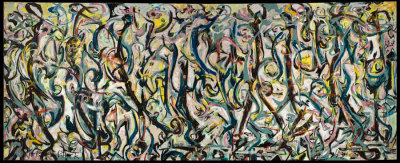
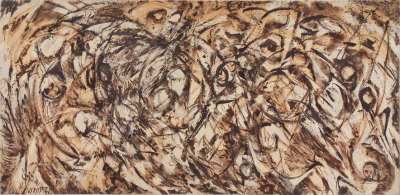
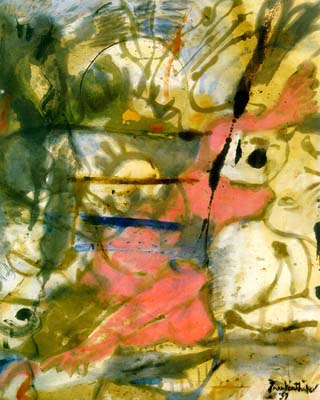
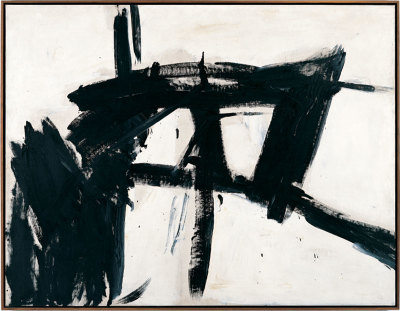
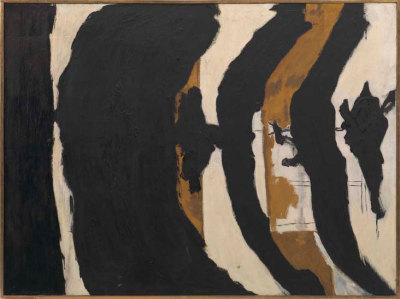
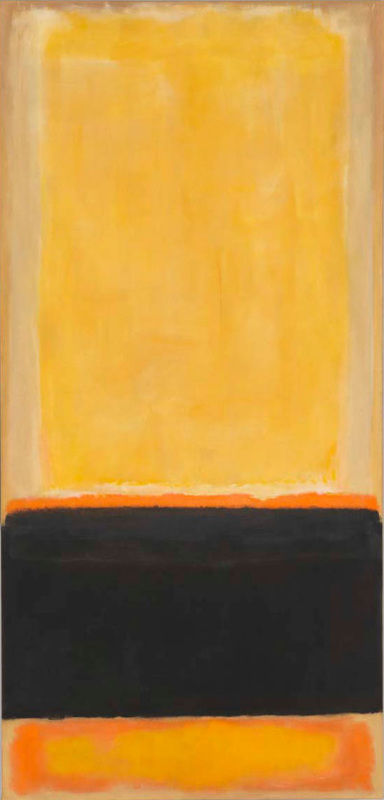
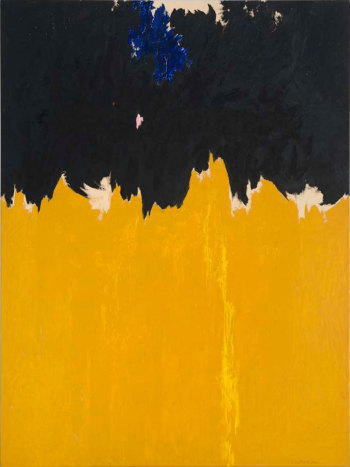
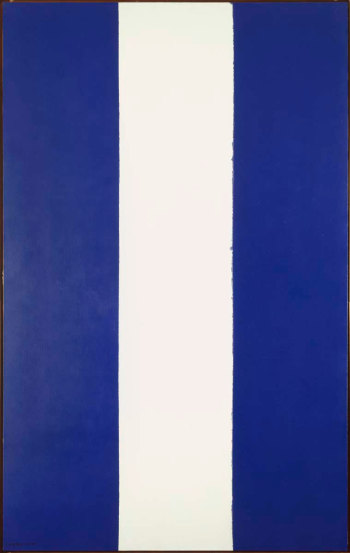
 RSS Feed
RSS Feed